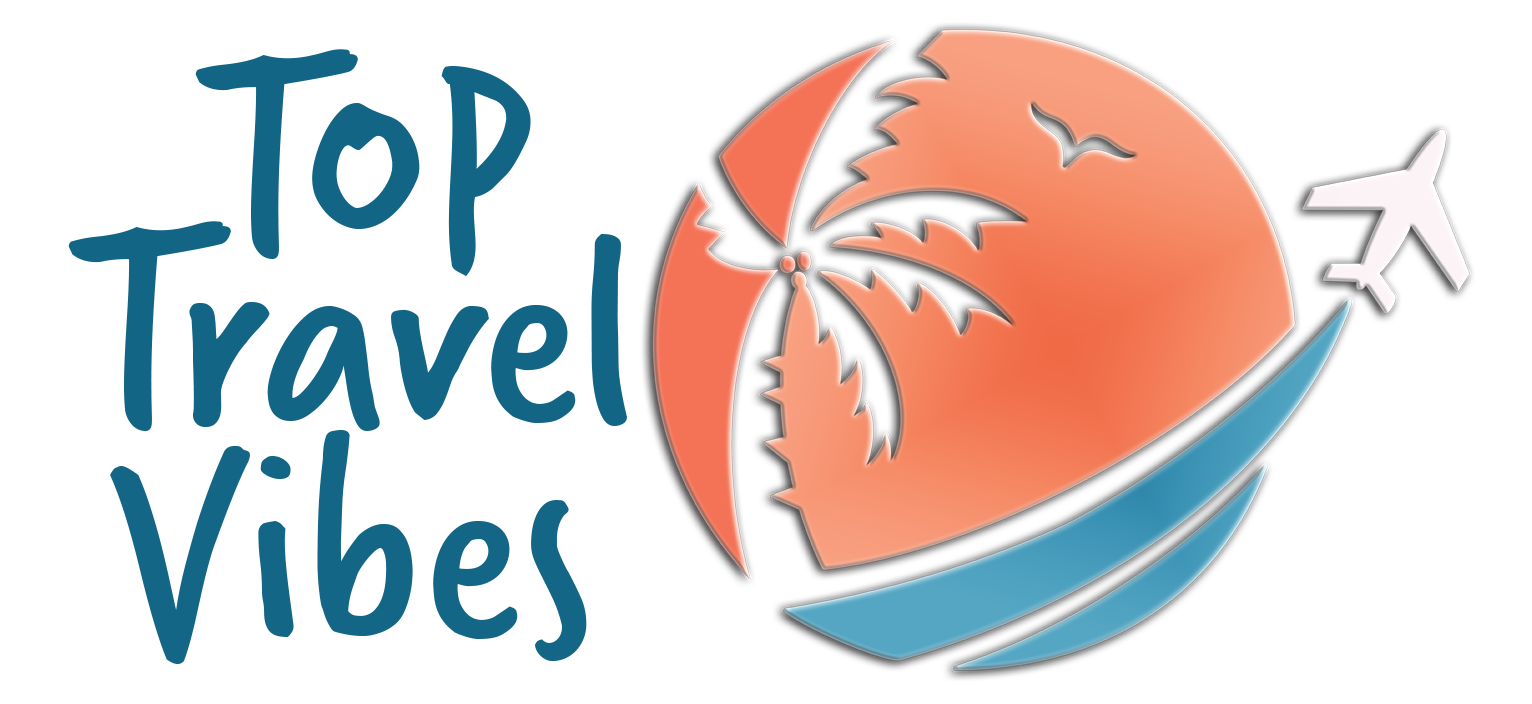How to Find the Cheapest Flights (Without Losing Your Mind)
Let’s Talk Cheap Flights

Scoring cheap flights isn’t some mystical art reserved for travel hackers. It’s part strategy, part patience, and part knowing when to hit that “book now” button. Airlines use wild pricing algorithms that seem designed to confuse us, but once you understand the patterns, you can consistently outsmart them.
The good news? Cheap flights are out there. The bad news? Finding them requires a little more effort than blindly typing “Hawaii vacation” into Google and clicking the first result.
If you’re serious about saving money on airfare, here’s what actually works.
Search Engines: The Good, the Bad, and the Sponsored Results
Most people don’t realize that flight search engines are not all created equal. Some prioritize deals, while others push whatever airline is paying them the most. That’s why you need to cross-check a few different ones before committing.
Google Flights is my go-to for tracking fare trends, setting alerts, and getting a quick overview of prices. It’s also great for flexible date searches, which—spoiler alert—will save you a ton of money. Skyscanner is another solid choice, especially if you don’t have a set destination and just want to see where you can go for cheap. Then there’s Momondo, which sometimes pulls up fares that Google Flights misses, and ITA Matrix, which is a bit more advanced but great for travel pros who like to dissect airfare like a science experiment.
The key? Don’t trust just one site. Compare multiple before you hit that purchase button.
Flexibility: Your Wallet’s Best Friend

If overpaying for flights is your goal, go ahead and book that Friday evening departure before a holiday weekend. But if saving money sounds better, a little flexibility will go a long way.
Flight prices jump all over the place based on demand, and small adjustments can mean big savings. If you can, aim for midweek departures—Tuesday and Wednesday flights tend to be significantly cheaper than those on weekends. And while it’s tempting to plan your trip around peak seasons, that’s exactly when airlines hike up fares. Avoid major holidays, school vacation periods, and big events unless you enjoy burning money.
Most flight search engines have a “flexible dates” or “whole month” feature—use it. A small shift of a day or two can sometimes slash your fare in half. Just keep the big picture in mind—if that cheaper flight means spending more on extra hotel nights, it might not be much of a deal after all.
The Secret Power of Alternative Airports
Major airports aren’t always the cheapest. If your destination has multiple options, check them all. A flight into Newark, for example, might be way cheaper than JFK or LaGuardia, even though they’re all serving New York City. The same goes for places like London (Heathrow vs. Gatwick vs. Stansted) and Los Angeles (LAX vs. Burbank vs. Long Beach).
In Europe, budget airlines often use secondary airports that are technically “near” big cities but can be an hour (or more) away. This can still be a great deal, but check the cost and convenience of getting from the airport to your actual destination before booking. Saving $100 on a flight doesn’t make sense if you’ll spend $120 on a long, inconvenient transfer.
Timing Matters—But There’s No Magic Day
One of the biggest myths in travel is that there’s a single “best day” to book flights. The truth? It depends.
Domestic flights are typically cheapest when booked one to three months in advance, while international flights are best booked three to six months ahead. Prices tend to spike in the final few weeks before departure, but last-minute deals do exist—just don’t rely on them unless you’re okay with uncertainty.
The best strategy is to set price alerts on Google Flights or Skyscanner. Fares fluctuate constantly, and these tools will let you know when prices drop for your route. If you see a great deal, book it. Hesitate too long, and you might be kicking yourself later.
Miles, Points, and Travel Hacks
If you’re not taking advantage of airline miles and credit card points, you’re missing out on essentially free travel. Most airlines have loyalty programs that cost nothing to join, and many credit cards offer travel rewards that can cover flights, upgrades, and even entire vacations.
Sign-up bonuses can be especially lucrative. Some travel credit cards will give you enough points for a free flight just for meeting a minimum spend in the first few months. If you’re already planning a big purchase, it’s a no-brainer.
Another overlooked trick? Look for discounted mileage redemptions. Airlines occasionally offer sales where you can book award flights for fewer points than usual. It’s not as widely advertised, but if you’re part of a loyalty program, keep an eye out for these deals.
The Not-So-Secret World of Hidden-City Ticketing
Here’s something airlines don’t want you to know: sometimes, booking a longer flight with your actual destination as a layover is cheaper than flying there directly. It’s called hidden-city ticketing, and sites like Skiplagged specialize in finding these routes.
For example, let’s say you want to fly from Chicago to Miami, but a flight from Chicago to Cancun with a layover in Miami is cheaper than a direct flight to Miami. If you book that flight and just get off in Miami, you’ve saved money. The catch? Airlines don’t like this and may penalize repeat offenders. Also, you can’t check a bag, because it’ll go to the final destination.
If you use this trick, do it sparingly—and never tell the airline what you’re up to.
Budget Airlines: Read the Fine Print

Low-cost airlines like Ryanair, Spirit, and AirAsia can offer absurdly cheap fares—but only if you follow their rules. These airlines make their money on fees: baggage, seat selection, printing your boarding pass at the airport (yes, really).
Before booking, check:
- Carry-on and checked baggage fees (they’re often stricter than full-service airlines).
- Hidden charges, like fees for selecting a seat or paying with a credit card.
- Departure airports—budget airlines sometimes use smaller, further-out airports.
If you know what you’re getting into, these airlines can save you a ton. But if you assume the $30 fare includes everything a full-service airline does, you’re in for a rude awakening.
Error Fares: The Holy Grail of Cheap Flights
Every once in a while, airlines mess up. Maybe it’s a currency conversion mistake, maybe someone left off a zero—whatever the reason, error fares mean ridiculously cheap flights.
Websites like Secret Flying and Scott’s Cheap Flights (now Going) specialize in spotting these mistakes. If you see an error fare, book immediately. Airlines sometimes honor them, but they also sometimes cancel them—so don’t make non-refundable plans until you get confirmation.
The Bottom Line
Finding cheap flights isn’t about luck—it’s about knowing where to look and how to book. Be flexible with dates, check alternative airports, set price alerts, and don’t fall for the myths. And if you’re willing to dig a little deeper—using points, exploring hidden-city routes, and jumping on error fares—you can save even more.
The real win? Every dollar you save on flights is money you can spend on actual experiences once you arrive—and that’s what travel is all about.




